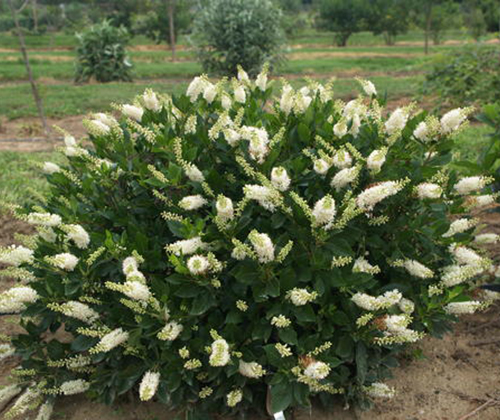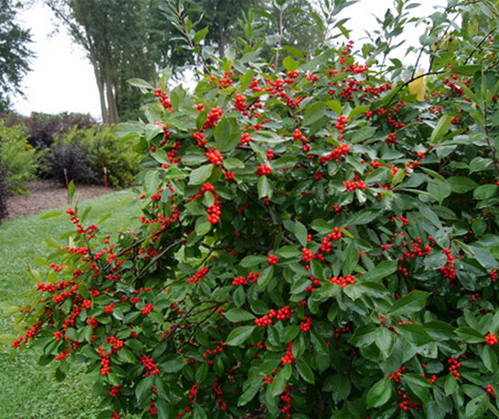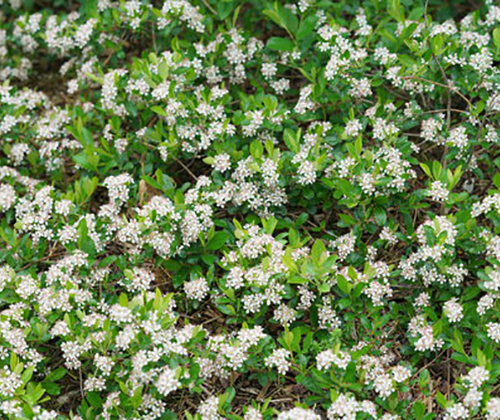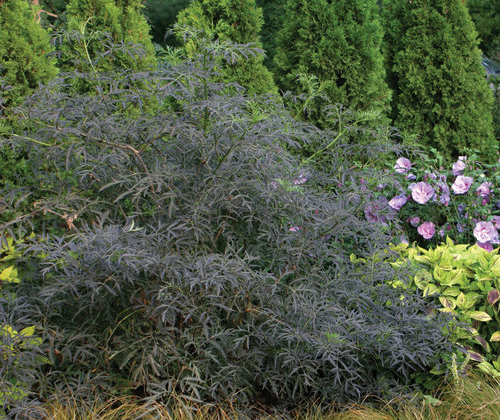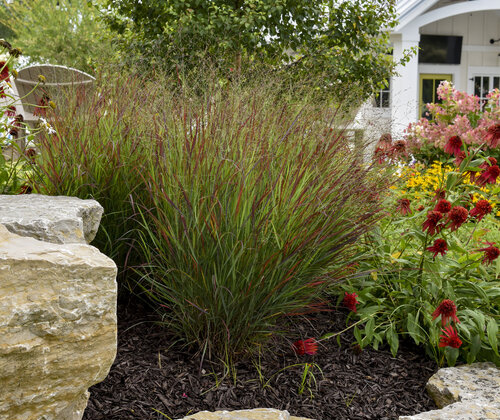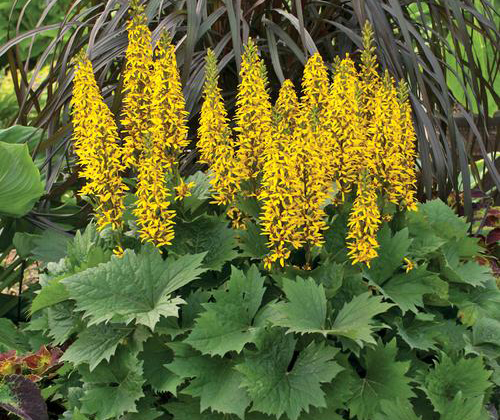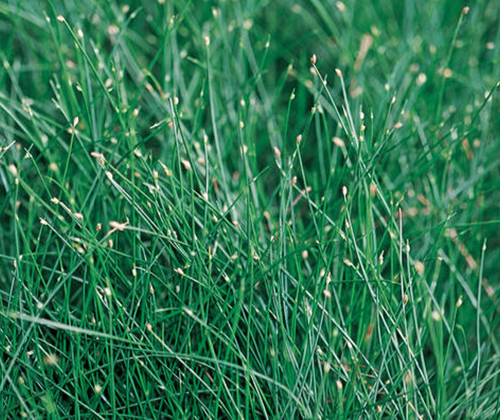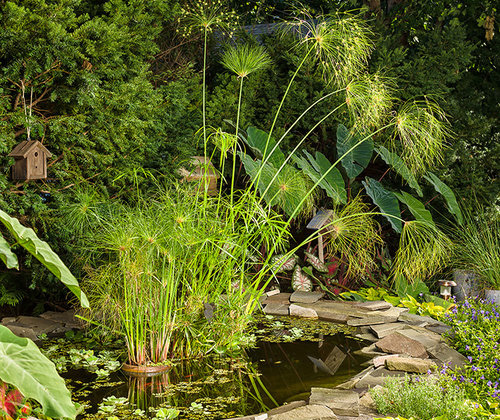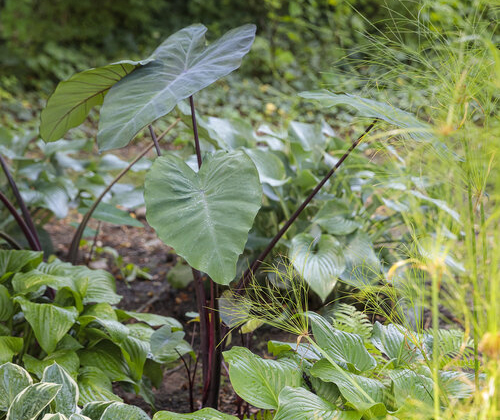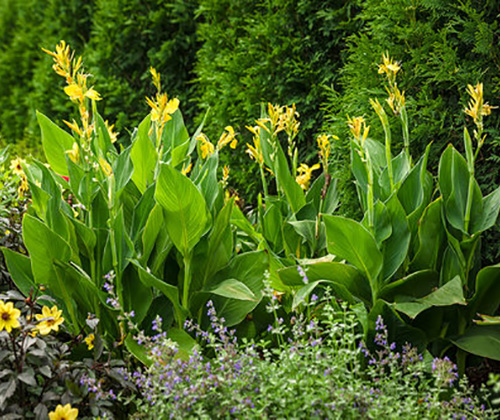How to Fix the Wet Spot in Your Yard
Is there a low spot in your yard where water tends to pool for a day or more after a big rain? We’ll share a number of solutions that will help prevent flooding, redirect runoff or soak up the excess in this helpful article.

Is there a low spot in your yard where water tends to pool for a day or more after a big rain? In cases where the water table is very high or the water becomes perched above a layer of shallow bedrock, there is little you can do. However, in most instances where water is collecting, there is a productive way to deal with it. We’ll share a number of solutions with you here.
Before you get started, check to make sure the wet spot in your yard isn’t the result of a burst pipe or crack in your irrigation system. A plumber can help you remedy that situation.
7 Ways to Deal with Pooling Water in Your Yard
1. Aerate Your Lawn
The simplest strategy you can try if there are parts of your yard that stay wet too long is to aerate your lawn. Aerating reduces compaction in the soil so that water can percolate through it faster. Many rental stores have lawn aerator machines available, and you should be able to get the job done in just a couple of hours.
The machine pulls out small plugs as you run it over your turf grass and lays them back on the lawn. From there, they naturally disintegrate back into the earth in about a week. Oxygen and water can better percolate through your lawn once it is aerated. Aim to do so about once per year if you have clay soil or once every 2 to 3 years if you have sandy or well-drained soil.
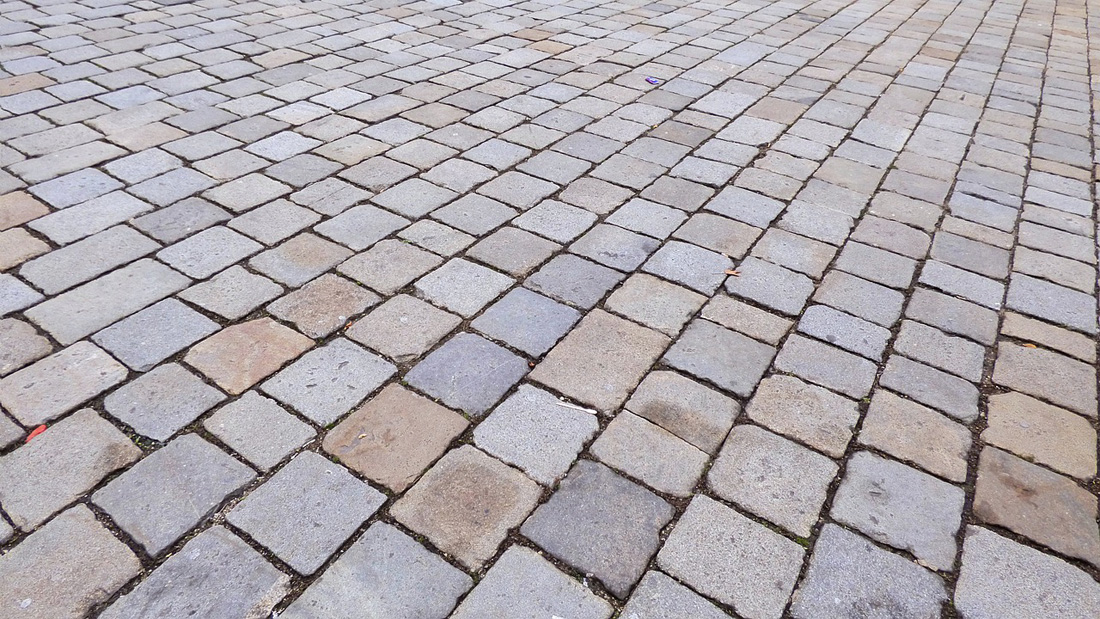
2. Switch to Permeable Pavers
As more and more of the country gets paved over with cement, asphalt and other non-porous materials, flooding is increasing. Water needs a place where it can sink into the earth or it will collect and flow down your driveway, into the street, and into storm drains which can overflow into rivers and lakes. Keep in mind that it is not just rainwater flowing into those drains—antifreeze, oil, trash and other unfavorable things flow along with it.
By switching your driveway, pathways or patio to permeable pavement, you allow water to sink down through those materials and into the ground. Porous asphalt and concrete, permeable pavers, gravel, grass and mulch can all be used to replace non-porous surfaces to decrease flooding and runoff.
3. Fill in the Low Spots
If you have just a small area that dips lower than the rest of your yard, you could fill it in with new topsoil or compost. Compost is especially good for this purpose because the low areas of your yard tend to have compacted soil, and the microbes found naturally in compost will help loosen up your soil over time. Earthworms and other soil dwelling creatures will also help to break up compacted soil as they break down the compost.
You will find that bagged soil does not go very far when you are trying to level out the low spots in your yard. It will be faster and more economical to bring in soil by the yard for this purpose.
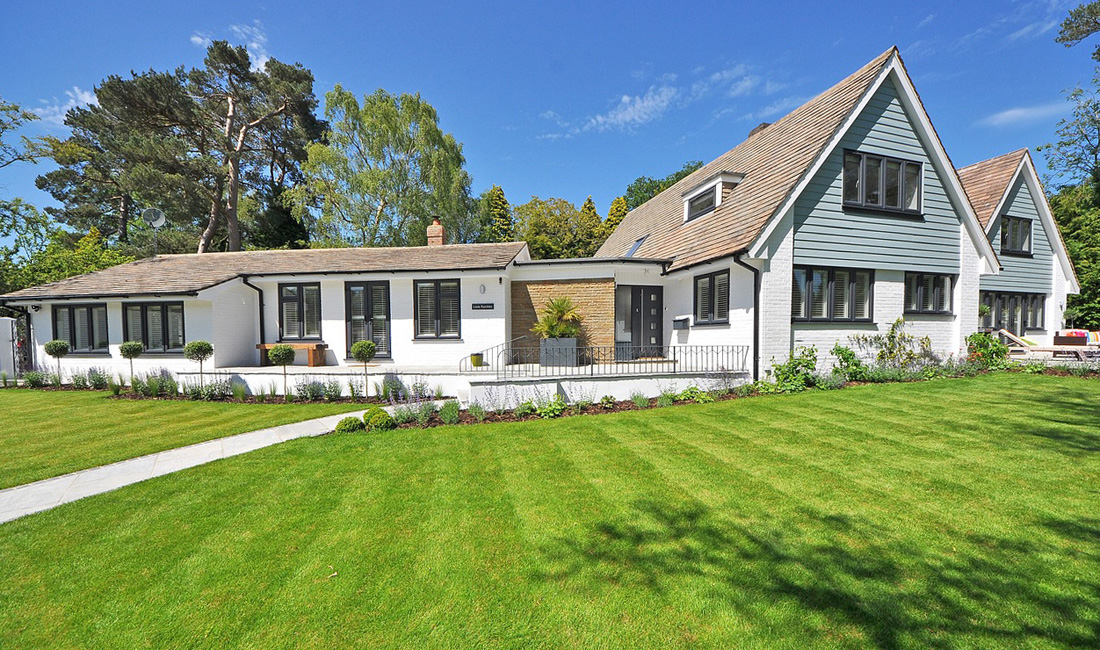
4. Regrade Your Yard
In more extreme cases, where water is flowing towards your house and pooling too close to your foundation or patio, you may need to hire a professional to regrade your yard. It is more costly than DIY solutions, but less costly in the long run than a flooded basement or having to relay all of your patio pavers.
A professional can come in with a small bulldozer and reshape the contours of your landscape so that water flows away from your house and into a drainage ditch or other low area designed to catch overflow. This is needed sometimes in older landscapes after the soil has settled or the roots of large trees have changed the contours in your yard. You will need to reseed and/or replant the area after they are finished regrading.
5. Install a French Drain
A French drain is a piping system that collects water and redirects it to a different location. DIY French drain kits can be purchased at hardware stores or they can be installed by professionals depending on the extent of your drainage issues. It is a long-term solution to the water pooling where it shouldn’t.
For a French drain to work, the perforated pipe will need to be able to run downhill to a lower part of your yard at a minimum slope of 1%, using gravity to get the water to flow in the right direction. The water coming out the end of the French drain should empty at the street where there are drains, into a rain garden, near a tree that can soak up the excess moisture, or into a naturally low lying part of your property.
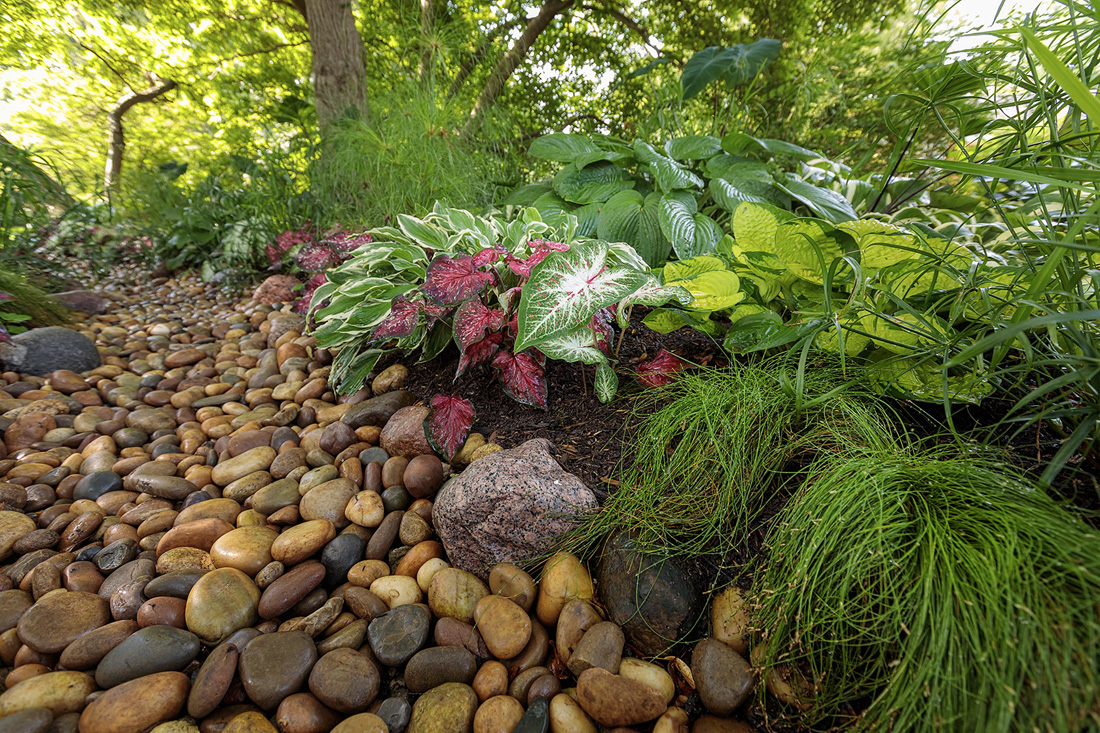
6. Build a Rain Garden
Instead of dealing with a soggy lawn every time it rains, consider replacing that low, wet spot with a rain garden. They are built in the shape of a shallow basin, river or trough where water naturally collects as it runs off. Native plants and those that can tolerate periodic flooding are used in rain gardens. As the water passes by their roots, toxins and contaminants are naturally filtered out so that they don’t end up in the groundwater or sewer system.
Check out two helpful articles about how to build a rain garden here and here.
You’ll find a list of plants that you can use in rain gardens in the next section below and on this page: 21 Top Rain Garden Plants.
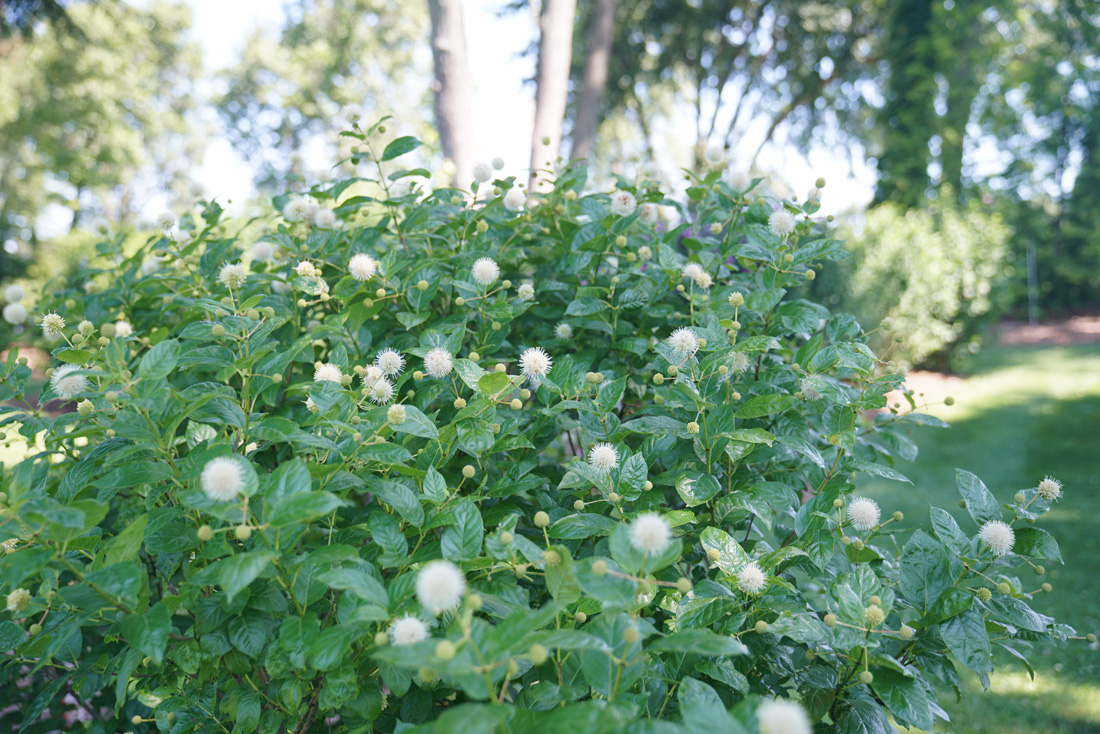
7. Replace Your Lawn with Wet-Tolerant Plants
If you struggle to grow turf grass in a spot that stays wet too long after it rains, replace it with plants that will appreciate the extra moisture. Though many ornamental plants need well-drained soil to survive and thrive, those you see pictured below are ones you won’t need to worry about if water pools in the area for a few hours. Some can even grow in standing water.
Tap the pictures below to learn more about each plant that will grow in the low, wet parts of your garden.




